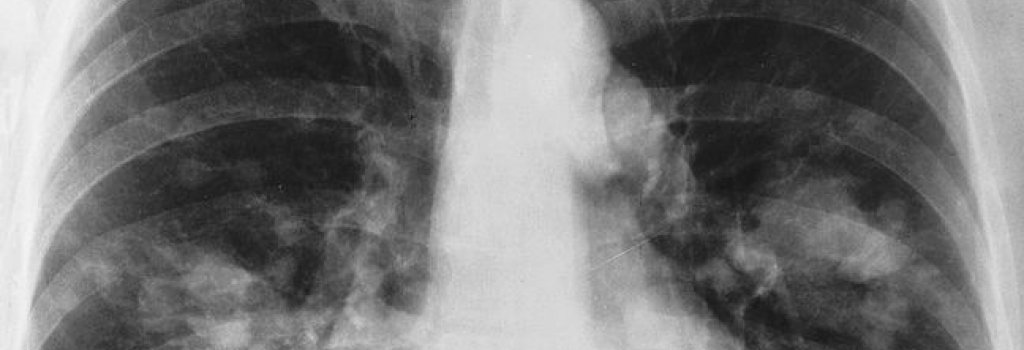
CT: A Better Way to Scan for Lung Cancer
In an article published by the New England Journal of Medicine on May 22nd, the National Lung Screening Trial had good news to report: Through the use of low-dose computed tomography, doctors were able to recognize lung cancer earlier and more often than through traditional chest x-ray.
The initial phases of the study, published in 2011, showed a 20% reduction in mortality among patients diagnosed with lung cancer. This is credited to the fact that twice as many early stage cancers were discovered using low-dose computed tomography (LDCT) than chest x-ray (CXR).
This most recent finding of the study specifically shows that LDCT discovers lung cancers more often than CXR. This is very good news for those at high risk for lung cancer – earlier and improved detection means expediting the process of healing and hopefully recovery.
The American Association for Thoracic Surgery recommends annual LDCT for specific high-risk groups, specifically North Americans meeting any of the following:
aged 55 to 79 years old with a history of 30 pack-years* of smoking
long-term lung cancer survivors up through the age of 79
those with a 20 pack-year history, starting at age 50 if there is an “additional cumulative risk of developing cancer of 5% or greater over the following 5 years.”
Doctor’s note: Please don’t smoke. Avoiding cancer is even better than discovering it early.
*A “pack-year” number is derived from multiplying the number of packs smoked per day times the number of years smoked – so 30 pack years could be smoking 1 pack a day for 30 years, or 2 packs a day for 15 years.
Image credit: Source: X-ray(Chest)Cancer.jpg: unknown; derivative work: Anassagora (talk); Copyright: Public Domain
Originally posted 5/23/13 on diagnosticimagingcenterskc.com





